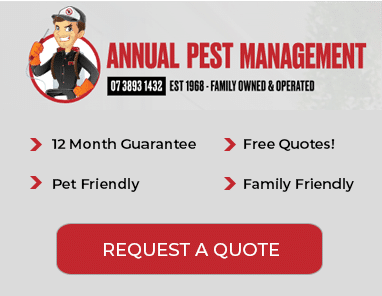
Caption: Hookworms attached to an intestine. (Photo Credit: CDC Public Health Image Library)
The common canine hookworm (Ancylostoma caninum) are intestinal parasites that get their name from the hook-like mouthparts that they use to anchor themselves to the lining of the intestinal wall.
Growing to just 2-3mm in size, they are difficult to see with the naked eye, but even though they are small, hookworms can do a lot of damage, both to puppies and adult dogs.
Hookworm larvae feed on blood from small blood vessels in a dog’s intestinal lining, leaving bleeding wounds on the lining, causing anaemia and bloody diarrhoea in heavy infections.
Hookworm infections can be fatal, especially to puppies and young dogs.
Hookworm can also cause, anaemia, weakness, poor or dry coat, weight loss, diarrhoea that may contain mucus or blood, and skin irritation and itchiness where hookworm larvae have burrowed into the skin.
Hookworms spread between dogs through ingestion or contact with infective larvae in contaminated soil, and puppies are infected through nursing from infected female dams.
Resistance to deworming
Greyhounds may struggle with persistent hookworm infection if they are not controlled by standard worming products and practices.
Hookworms are believed to have developed drug resistance in the greyhound racing population due to poor management techniques.
The treatment for hookworm resistance is more complex, so consulting your vet on the treatment programs that are suited to you and your greyhounds is the best way to ensure adequate protection.
Hookworm lifecycle
Adult female worms can lay up to 10,000 eggs/day in a dog’s intestinal tract.
These eggs pass via faeces into the environment and hatch in 2-5 days.
The larvae can live for several months in soil and can enter a new host by contact through paws, or via ingestion.
Once in the bloodstream, the larvae migrate to the lungs, and then into the gastrointestinal tract through the dog’s airways.
In the gastrointestinal tract, the larvae attach to the intestine wall and mature into adult worms.
They can also enter muscle tissue, where they can remain for years.
Larvae can also congregate in a mother’s mammary glands and pass to newborn puppies when they feed from their mother.
Prevention of hookworm
Hookworm infections can negatively impact the growth and fitness of a dog, so a greyhound without worms will be healthier, happier, and fitter.
Hookworms can release hundreds of eggs per gram of faeces, so keeping runs and yards clean and picking up faeces is the best way to reduce the spread of worms.
Treatment
If you observe that your greyhound has symptoms of hookworm, it is best to act quickly in conjunction with your vet to appropriately treat the infection.
This simple guide outlines what you can do to combat your dog’s hookworm infection.
STEP 1: Consult your vet and test for resistant hookworm – discuss a faecal egg count to determine the level of infection.
STEP 2: Follow your vet’s advice for treatment – this may require a combination of drugs over several days and repeated egg counts. Complete a follow up faecal egg count 14 days after worming to check whether the egg count is reduced.









